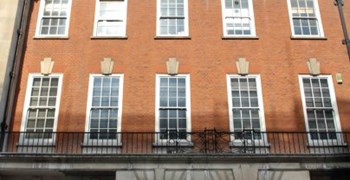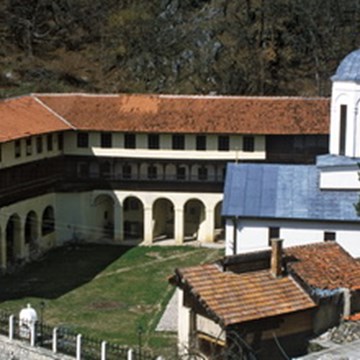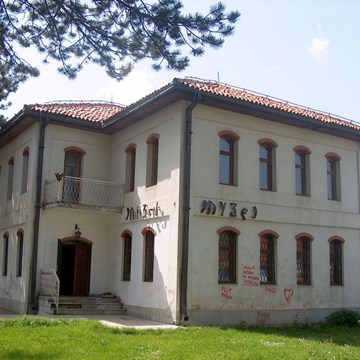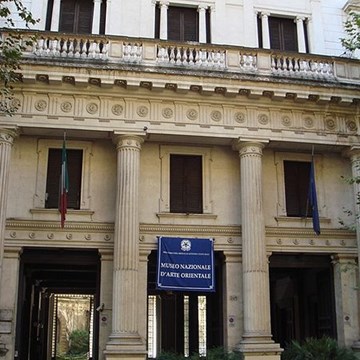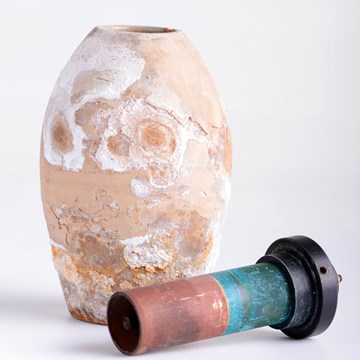A Spatial History of Drancy: Architecture, Appropriation and Memory
Drancy’s name is now synonymous with the internment and deportation of Jews in France. From the summer of 1941 to 1944, 67,000 of the 75,000 Jews deported from France under Nazi occupation were apprehended in Drancy. Those detained in the improvised, ill-equipped camp were held—from several hours to three years—before being deported ‘east’. The U-shaped concrete complex used was, paradoxically, conceived as a model city, named the Cité de la Muette. A celebrated design in the 1930s promoting a utopian vision for self-contained, integrated community living—the work of French architects Marcel Lods and Eugène Beaudouin—the mass housing building development in Drancy was never completed as expected, and never occupied as intended.
This lecture begins by examining the time before the Holocaust, when this targeted area on the periphery of Paris strived to be a place of hope, modernity and progress. Drawing on numerous survivor testimonies, the spatial experiences of those interned in the repurposed internment camp will be discussed. The period following the intervention of war and trauma of deportations, where the Cité de la Muette emerged as a complex site of memory and reflection, will later be explored, including the first permanent memorial placed in the 1970s, the discovery of the Drancy ‘graffiti’ in the 1990s, and the more recently opened purpose-built Drancy Memorial Museum. In evaluating the spatial history of Drancy, this lecture examines the social, cultural and human implication of this conflicted, multi-dimensional site.
Admission
Free, booking essential
Website
https://www.wienerlibrary.co.uk/Whats-On?item=400
Exhibitions and events from this museum
We don't have anything to show you here.
Activities from this museum
We don't have anything to show you here.
